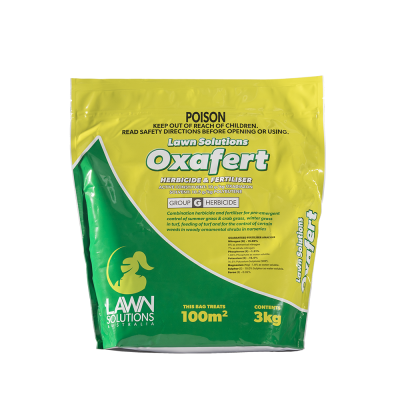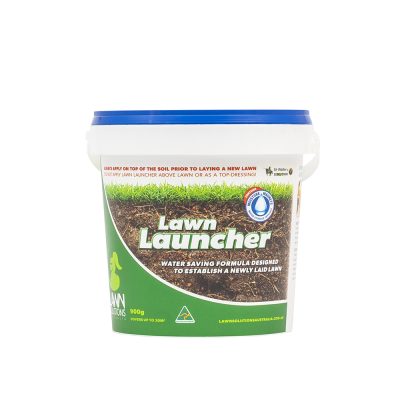Is my lawn dead?
- Is your lawn looking brown and discoloured?
- Has your lawn stopped growing?
- Are you worried your lawn won’t bounce back at spring time?
Your lawn has been slow in growth, you have been mowing a lot less frequently in the last couple months, and the grass has lost a little bit of colour.
Has it died?…
Most Australian lawns consist of warm-season turfgrasses. Kikuyu, Couch, Zoysia and Soft Leaf Buffalo lawns are the most common types and fit into this category. As the name ‘warm-season’ suggests; that’s the time when these grasses are actively growing. During the cooler months they slow down and can go into a certain level of dormancy; slowing growth and discolouring over winter. Warm-season grasses will experience different levels of dormancy depending on your area.
So, the answer to the question, “has my lawn died?” is thankfully no! – It is likely to be just in some level of dormancy.
Dormancy is a protection method that lawn grasses use to withstand freezing temperatures and frost. When grass becomes dormant the grass leaves thinning and drying out. This helps the grass store its energy in the lower parts of the grass stem and root areas. Warm season turf grasses like TifTuf Hybrid Bermuda and Sir Walter DNA Certified rarely go into full dormancy in Australia. This is because the winters in Australia don’t really get cold enough.
What Couch Grass has the best winter colour?
In the image above there are two different couch grass varieties, both subjected to the same difficult conditions. The first plot on the left and the third plot, are both TifTuf Hybrid Bermuda. This photo was taken on the winter solstice, the shortest daylight hours of the year, when sunlight is limited and temperatures are low.
TifTuf has been shining in all trials for winter colour. We have seen this domestically, commercially and in Australian trials. The data from the US National Turf Evaluation Program replicated this as well with TifTuf (and Tifway) leading the way.
As the weather starts to cool down, so does lawn care with the grass not growing as vigorously as it did a few weeks ago in most cases. This change in growth normally occurs in warm-season grasses at soil temperatures around 14 degrees Celsius. It is not until this soil temperature consistently rises back above this temperature that your lawn will start to speed up its growth.
Can I lay a new lawn in the cooler months?
Whilst the warmer months in spring, summer and early autumn are the ideal time of year to lay a new lawn. However winter is still ok. There are even a few benefits in establishing a lawn in the cooler time of the year. There is a common misconception that installing a new warm season turf like Sir Walter DNA Certified cannot be done in cool conditions. This isn’t the truth, as turf is installed successfully all year round anywhere in Australia. In the warmer states, Like Queensland, Northern Territory, and northern WA this isn’t really an issue as the temperature doesn’t get cold enough. But in NSW, Victoria, SA, and southern WA cold winters put a doubt in our mind about laying a new lawn.
A benefit in laying a new lawn in winter is lower water usage. In the cooler months, you will not have to irrigate your new lawn anywhere near as much compared with the warmer months. This is because the days are not hot enough to dry out your new turf. Whilst it still needs some water, you can virtually halve your water usage by laying turf in winter and still maintain a healthy lawn come spring. Just keep in mind, when laying a new lawn in winter the lawn will not root down properly until the weather warms up and it starts growing again. This doesn’t mean anything is wrong, and your lawn isn’t dying. It is simply sitting idle until it gets some warmer temperatures, so it can fully establish.
Check out the Lawn Solutions Australia lawn care page for more helpful tips here.



